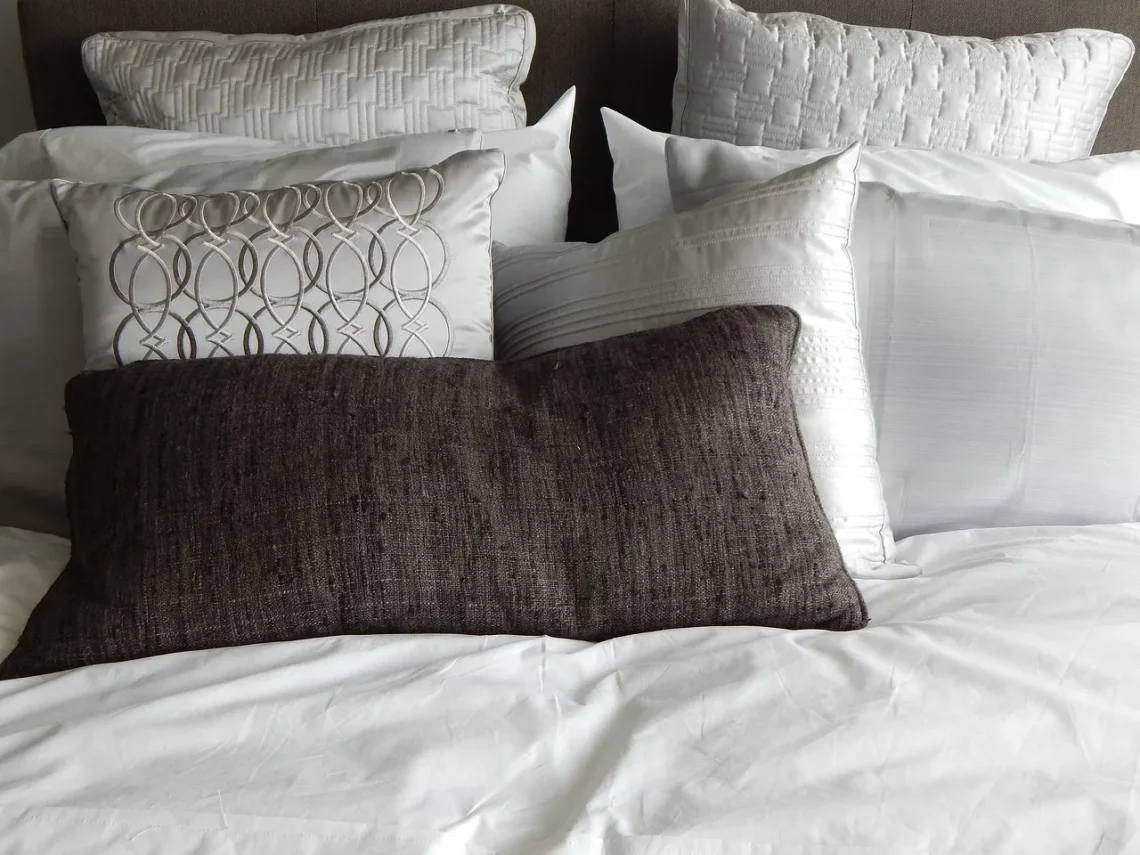
Maximize Comfort with Effective Toe Cushioning Techniques
Finding the right balance between comfort and support is crucial, especially when it comes to our feet. Our toes, the often-overlooked heroes of mobility, play an essential role in maintaining balance and stability. Yet, they are frequently subjected to undue pressure and discomfort from ill-fitting shoes or extended periods of standing and walking. This discomfort can lead to a variety of issues, from blisters and calluses to more chronic conditions like plantar fasciitis and bunions.
Understanding how to maximize comfort through effective toe cushioning techniques can significantly enhance your overall foot health and daily experience. Whether you’re an athlete logging miles on the pavement, a busy professional on your feet all day, or simply someone who enjoys the occasional stroll, investing in toe cushioning can make a world of difference. By exploring various techniques and products designed to alleviate pressure and provide support, you can ensure that your feet remain comfortable and healthy, enabling you to enjoy your daily activities without the distraction of discomfort.
Let’s delve into some effective strategies and tips to enhance toe comfort through proper cushioning techniques.
Understanding the Importance of Toe Cushioning
Toe cushioning might seem like a minor aspect of foot care, but its significance cannot be overstated. The toes bear much of the weight of the body, absorbing impact and providing balance as we walk, run, or engage in other physical activities. When the toes are properly cushioned, they can function more effectively, reducing the risk of pain and injury.
One of the primary reasons for toe discomfort is poor footwear choices. Shoes that lack adequate cushioning, support, or a proper fit can lead to various issues. For instance, high heels may cause the toes to be crammed into a tight space, leading to calluses, corns, or even more severe conditions like hammer toes. On the other hand, athletic shoes that do not provide sufficient arch support can lead to foot fatigue and discomfort.
Cushioning techniques can range from simple adjustments to the shoes you wear to specialized products designed for toe protection. Gel pads, toe separators, and cushioned insoles are all effective tools that can help alleviate pressure on the toes. By incorporating these elements into your daily routine, you can enhance comfort significantly.
Moreover, understanding the anatomy of the foot and how it interacts with various surfaces can also aid in choosing the right cushioning methods. Each person’s foot structure is unique, and recognizing your individual needs is crucial. For instance, someone with flat feet may require different cushioning than someone with high arches.
In summary, toe cushioning is not merely a luxury; it is a necessity for maintaining foot health and comfort. As we explore various techniques and products, keep in mind that the goal is to create a supportive environment for your toes, allowing them to perform their essential functions without pain or discomfort.
Top Products for Effective Toe Cushioning
When it comes to enhancing toe comfort, several products on the market can help. These range from simple gel pads to more complex toe separators, each serving a unique purpose in alleviating discomfort.
One of the most popular options is gel toe pads. These pads are designed to fit comfortably over or between the toes, providing a soft barrier that absorbs shock and reduces friction. They are particularly beneficial for individuals who experience blisters or calluses. Gel toe pads can be used in various types of footwear, making them a versatile choice for anyone looking to improve toe comfort.
Toe separators are another excellent product for toe cushioning. They are particularly useful for people who suffer from bunions or other deformities that cause the toes to overlap. By gently separating the toes, these devices can alleviate pressure and reduce pain. Many toe separators are made from soft materials, ensuring that they are comfortable to wear for extended periods.
Cushioned insoles are also highly effective in providing overall foot comfort. While these insoles may not specifically target the toes, they contribute to a more supportive environment for the entire foot. High-quality insoles can help distribute weight evenly, reducing the overall pressure on the toes.
Additionally, there are specialized toe sleeves available that provide extra cushioning for the entire toe. These sleeves are typically made from stretchy materials that fit snugly over the toe, providing a protective layer without restricting movement. They are especially useful for individuals who engage in high-impact activities, reducing the risk of injury.
Choosing the right product often depends on individual needs and preferences. It may take some trial and error to find the perfect solution for your toe comfort. However, investing in high-quality cushioning products can significantly enhance your overall foot health and comfort.
DIY Techniques for Toe Comfort
In addition to commercial products, several do-it-yourself techniques can help improve toe comfort effectively. These methods often focus on creating a more supportive environment for the toes using items you may already have at home.
One simple technique is to use soft fabric or foam to create custom toe cushions. You can cut small pieces of soft material and place them between the toes or around the affected areas. This DIY approach can help reduce friction and pressure, particularly for those who experience discomfort from wearing shoes for long periods.
Another effective method is to soak your feet in warm water mixed with Epsom salt. This soothing treatment can help relax the muscles and alleviate any swelling or soreness in the toes. After soaking, gently dry your feet and apply a moisturizing lotion to keep the skin hydrated, which can prevent the formation of calluses.
Stretching exercises are also beneficial for toe health. Simple exercises, such as curling the toes or spreading them wide, can enhance flexibility and relieve tension in the feet. Incorporating these stretches into your daily routine can help maintain toe mobility and prevent discomfort.
Moreover, consider adjusting your footwear choices based on the activities you engage in. For instance, wearing shoes with a wider toe box can prevent your toes from feeling cramped, while ensuring there is adequate arch support can help distribute weight evenly across the foot.
Lastly, paying attention to your foot hygiene is essential. Regularly trimming your toenails and keeping your feet clean can prevent various issues that lead to discomfort. Maintaining overall foot health is an integral part of maximizing toe comfort.
When to Seek Professional Help
While many toe discomfort issues can be managed with proper cushioning techniques and home remedies, there are instances when seeking professional help is necessary. If you experience persistent pain, swelling, or any signs of infection, it’s crucial to consult a healthcare professional.
Common indicators that may warrant a visit to a doctor include severe pain that does not improve with rest or over-the-counter treatments, noticeable deformities in the toes, or any abnormal changes in color or temperature. These symptoms could indicate underlying conditions that require medical attention, such as arthritis, fractures, or infections.
Moreover, if you find that conventional cushioning techniques or products do not alleviate your discomfort, a podiatrist can provide tailored recommendations and treatments. They may suggest custom orthotics or other specialized interventions to better meet your needs.
In conclusion, taking proactive steps to maximize toe comfort is vital for maintaining overall foot health. By exploring various cushioning techniques, products, and DIY methods, you can significantly enhance your comfort and prevent potential foot problems. However, always listen to your body and seek professional advice when necessary to ensure that your feet remain healthy and pain-free.
**Disclaimer**: This article is not intended as medical advice. Please consult a healthcare professional for any health-related issues or concerns.




